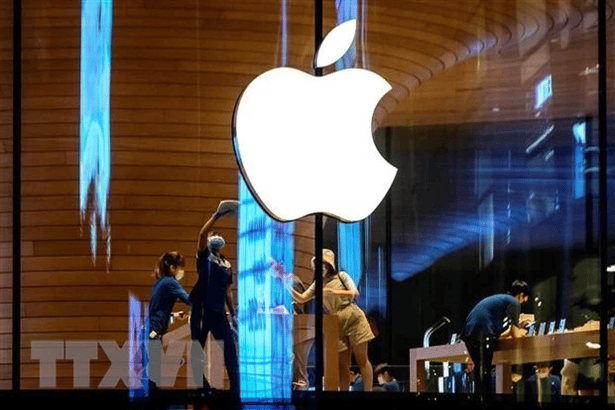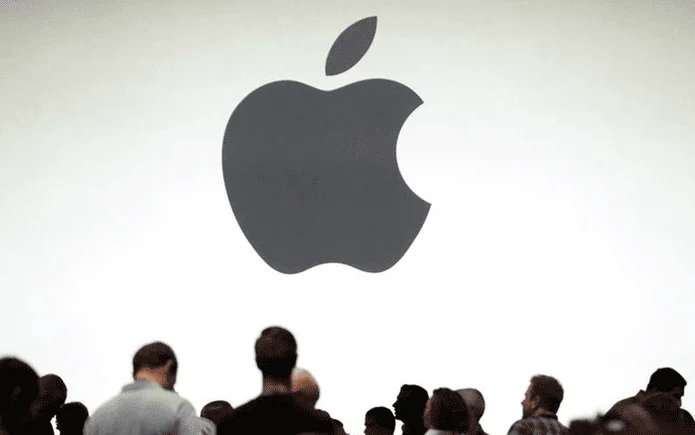iPhones are one of the most recognizable and popular smartphones in the world, loved for their sleek design, powerful features, and high-quality performance. But have you ever stopped to wonder where these incredible devices are made? The answer might surprise you, as it’s not as straightforward as you might think. In this blog, we’ll uncover the shocking truth behind where Apple iPhones are really made, going beyond the surface and diving into the complex global supply chain.
Table of Contents
1. Overview of Apple’s Supply Chain
Apple’s approach to manufacturing is different from many other tech companies. Instead of producing all the parts and assembling the phones in one place, Apple operates a global supply chain that involves multiple countries and hundreds of suppliers. Each iPhone is made up of components sourced from various locations around the world before being assembled and tested at specific facilities.
For example, the iPhone’s screen may come from South Korea, chips from Taiwan, and sensors from Japan, while materials like cobalt and lithium for the battery are mined from countries in Africa. This worldwide collaboration is essential for creating such a sophisticated device, but the final assembly of iPhones usually takes place in a handful of specific locations.

2. The Role of China in iPhone Manufacturing
When people think of where iPhones are made, China is often the first country that comes to mind—and for good reason. China plays a huge role in iPhone production, especially when it comes to assembly. Foxconn, one of Apple’s largest manufacturing partners, is based in China and operates massive assembly plants where millions of iPhones are put together.
Foxconn’s largest factory is located in Zhengzhou, a city often referred to as “iPhone City.” It employs hundreds of thousands of workers who assemble iPhones and ship them around the world. Another major player, Pegatron, also assembles a significant portion of iPhones in its Chinese facilities.
Why China? Apple relies on China not only for its massive workforce but also for the country’s well-established supply chain infrastructure. The availability of skilled labor, fast production capabilities, and the ability to quickly scale operations makes China a manufacturing powerhouse for iPhones.
3. Lesser-Known Production Hubs
While China is the dominant country for iPhone assembly, it’s not the only location. Apple has been diversifying its manufacturing operations in recent years, partly due to growing political tensions and trade issues between the U.S. and China. As a result, Apple has begun producing iPhones in other countries to spread out its production risk and reduce reliance on China.
One of the most notable countries Apple has turned to is India. In fact, some of the newer iPhone models are being assembled in India by Foxconn and Wistron. The Indian government’s push for local manufacturing and Apple’s desire to break into the growing Indian market has led to the expansion of iPhone production in the country. Although India still only handles a fraction of global iPhone assembly, it’s expected to grow in importance over time.
Other countries, such as Vietnam and Brazil, have also been involved in assembling specific models or producing certain iPhone components. These nations help Apple achieve its goal of having a more flexible and resilient supply chain.

4. Labor and Working Conditions
The sheer scale of iPhone production requires a massive workforce, and the labor conditions in these factories have been a topic of ongoing controversy. Factories in China, particularly those run by Foxconn, have faced criticism over poor working conditions, long hours, and low wages. Some reports have revealed that workers are subjected to intense pressure to meet production deadlines, which can lead to stress and fatigue.
In response to these concerns, Apple has made efforts to improve labor practices in its supply chain. The company conducts regular audits and has implemented stricter labor guidelines for its suppliers, including limits on working hours and mandatory rest days. While conditions have improved over the years, labor rights groups continue to monitor the situation closely to ensure workers are treated fairly.
5. Impact of Geopolitics and Global Supply Chain
In recent years, geopolitics have played a significant role in influencing where Apple manufactures its iPhones. Trade tensions between the U.S. and China, particularly the imposition of tariffs on Chinese imports, have forced Apple to rethink its heavy reliance on Chinese factories. As a result, the company has started shifting some of its production to countries like India and Vietnam.
This diversification of the supply chain not only helps Apple mitigate the risks associated with tariffs and trade wars but also allows the company to reduce its exposure to potential disruptions, such as those caused by the COVID-19 pandemic. With global supply chains under increasing strain, Apple’s strategy to spread its manufacturing operations across multiple regions makes more sense than ever.

6. Environmental Considerations
As one of the world’s largest technology companies, Apple is also focused on making its supply chain more environmentally sustainable. The company has committed to reducing its carbon footprint and sourcing more materials responsibly. Apple’s goal is to make every product using only recycled or renewable materials, including iPhones.
Apple has also invested heavily in recycling programs that recover valuable materials from old iPhones, such as aluminum, cobalt, and rare earth elements. This not only helps reduce the need for mining new materials but also aligns with Apple’s broader environmental goals. The company is pushing to use 100% recycled materials in its products to minimize environmental impact.
7. The Future of iPhone Manufacturing
So, where are iPhones likely to be made in the future? While China will probably remain a major player in iPhone manufacturing for the foreseeable future, Apple’s ongoing efforts to diversify its production locations suggest that more iPhones will come from other countries like India and Vietnam.
The global supply chain has faced unprecedented challenges in recent years, and Apple’s strategy of spreading its manufacturing across multiple regions could help the company navigate future disruptions more effectively. In addition, growing demand in markets like India could mean that more iPhones will be manufactured closer to where they are sold.
Apple’s push for sustainability and ethical labor practices will also likely play a major role in shaping its manufacturing operations moving forward.
Conclusion
In conclusion, iPhones are the result of a truly global effort, with components sourced from various countries and final assembly taking place in different parts of the world, most notably in China. While China remains the heart of iPhone production, Apple’s decision to diversify its manufacturing base to countries like India and Vietnam reflects the complex challenges and opportunities in today’s globalized world.
The truth about where iPhones are made is more complicated than just saying “made in China.” It involves a sophisticated web of suppliers, manufacturers, and political considerations that allow Apple to create one of the most sought-after devices in the world. So next time you use your iPhone, remember that it’s the product of a truly global effort!

Anaya Shah is a seasoned consumer product analyst with over 8 years of experience in the retail and e-commerce industries. She holds a Master’s degree in Business Administration with a specialization in Marketing from a top-tier university. Anaya has a keen eye for detail and a passion for uncovering the true value of products, helping consumers make informed decisions. At BrandCritica.com, she brings her expertise in product evaluation, brand analysis, and market trends to deliver trustworthy and insightful content. Connect with Anaya on Instagram for the latest updates and reviews.

